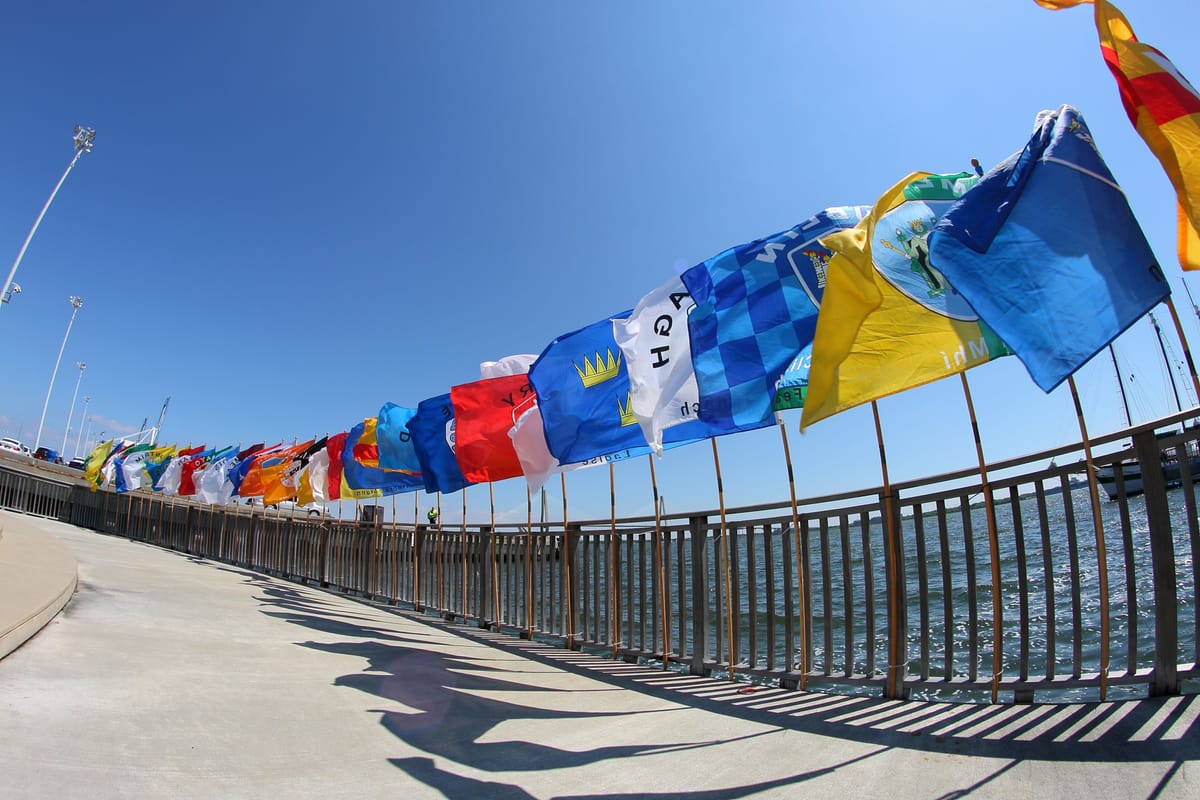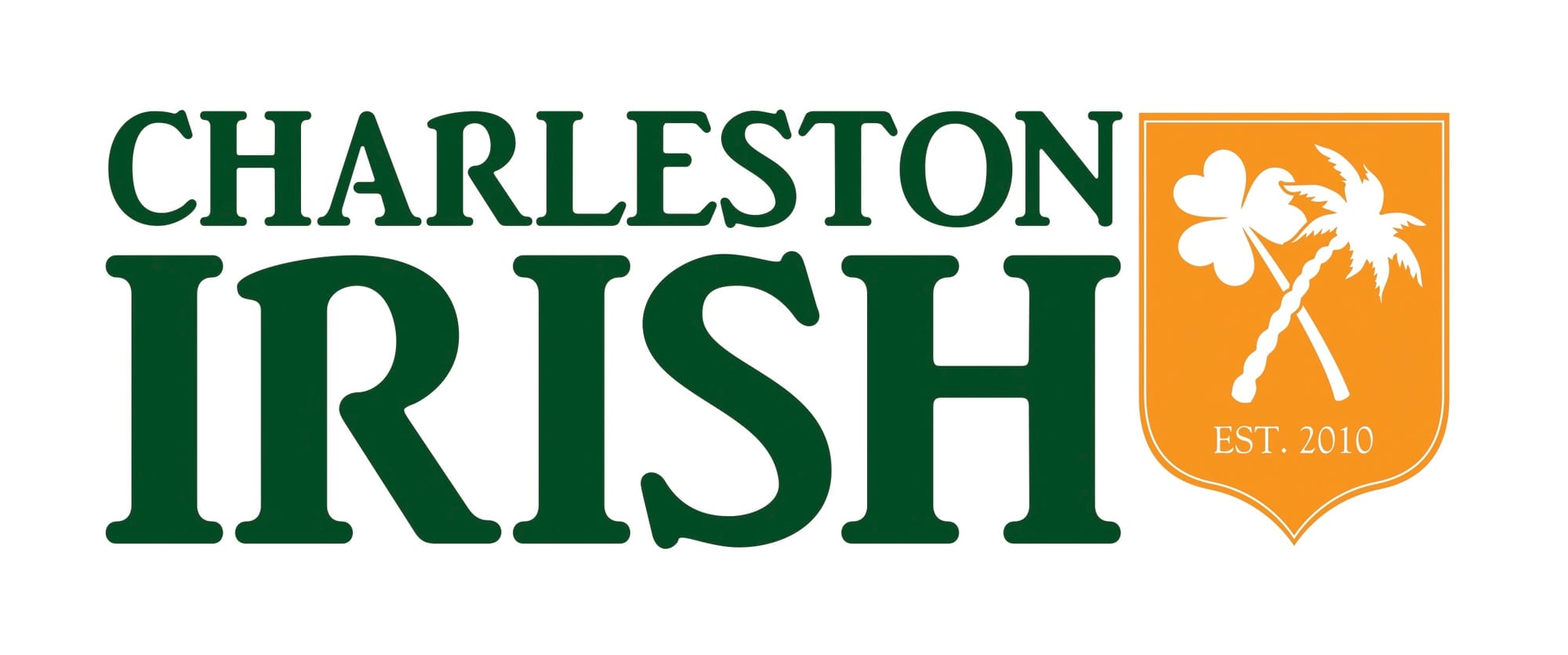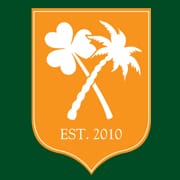History of the Irish in Charleston
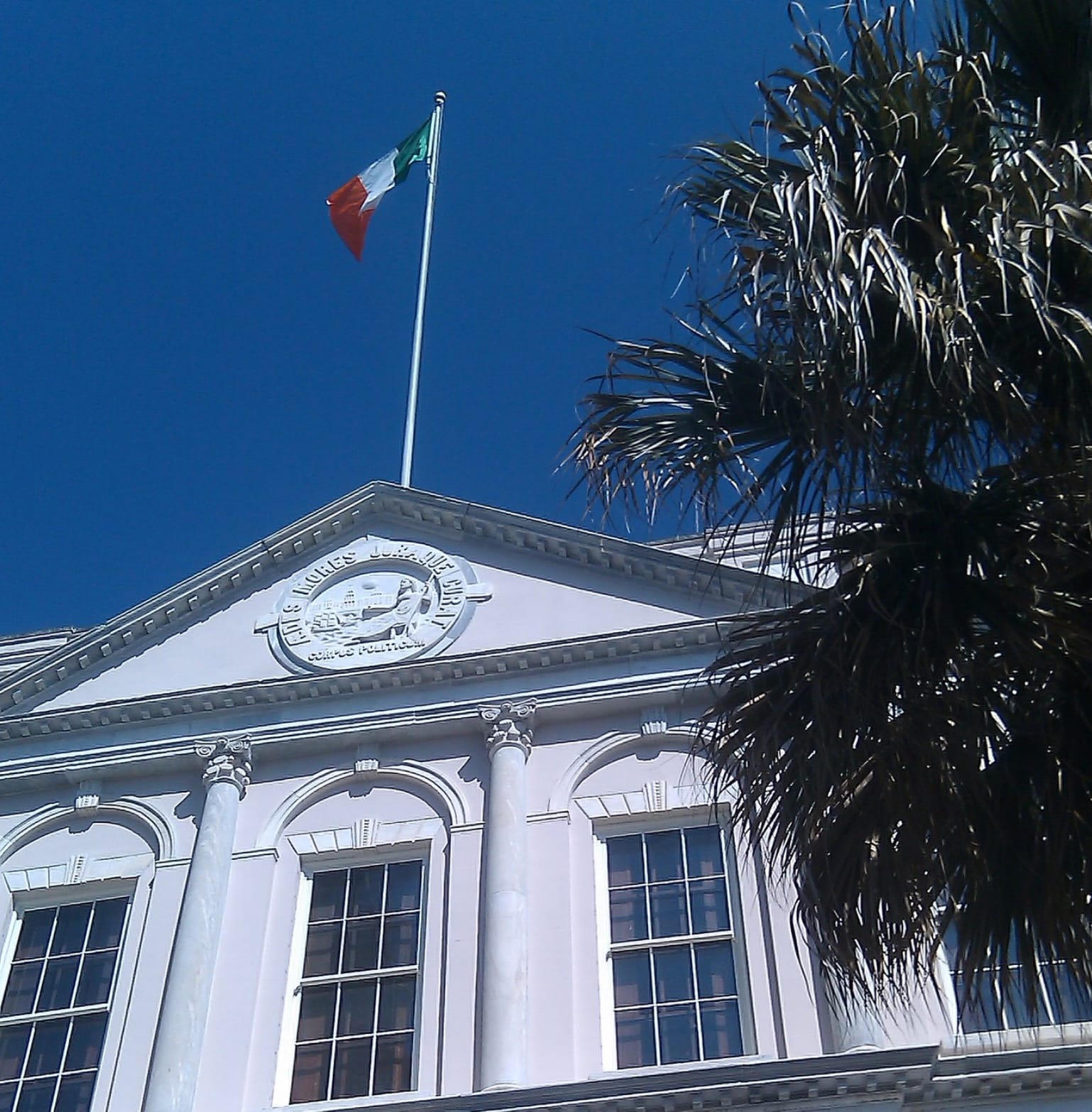
Professor David T. Gleeson
Charleston & Ireland have a very strong connection & history dating back to the founding of Charleston in 1670.
We are very fortunate to have, in our own Charleston Irish group, THE expert on the history of the Irish in Charleston and the South, David T. Gleeson.
A native of Ireland, David T. Gleeson is Professor of American History at Northumbria University in Newcastle upon Tyne, England. He taught history at the College of Charleston from 2002 to 2009. He is the author of The Irish in the South, 1815-1877 and The Green and the Gray: The Irish in the Confederate States of America.
I’ve read both of his books and they’re as entertaining as they are informative. Be sure to pick up a copy.
Professor Gleeson wrote the following history of the Irish in Charleston specially for us. Thanks David!
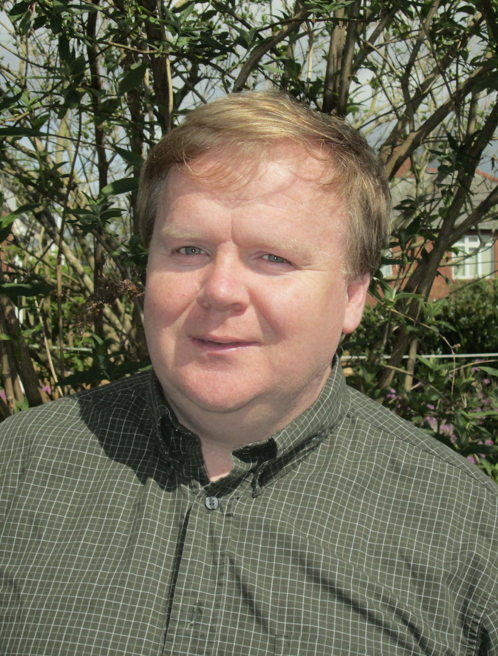
A History of the Irish in Charleston SC
1670 - Sullivan & Rutledge
The Irish roots of Charleston extend back to the founding of the original city in 1670, in what today is ‘Charlestowne Landing’ in West Ashley.
Here, one of the first early settlers, one Captain Florence O’Sullivan, was the colony’s surveyor. He had played a role in recruiting Irish servants at Kinsale for the founding of Charlestowne and Carolina. He was also charged with defending the settlement from potential Spanish attack from Florida and established a lookout post on one of the barrier islands near the approach to what is today Charleston harbor. This island, Sullivans Island, was named in his honor.
Along with servants some prominent Anglo-Irish Protestant families came to Charlestowne such as the Barnwells, the Lynches and the Rutledges.
John Rutledge, for example, a South Carolina politician and jurist who signed the U.S. Constitution, was the son of an Irish physician who had come to Charlestowne in the 1730s. Rutledge and some fellow Irish Charlestonians were the first to celebrate St. Patrick’s Day in the city.
1791 - Hoban & St Mary’s Church
After the American war of independence (1776-1783), when Charlestowne officially incorporated as Charleston, Irish migration to the city continued, and increasingly Catholics were among the numbers. The majority of the petitioners seeking to incorporate St. Mary of the Annunciation Catholic Church in Charleston in 1791 were Irish.
Among them was Kilkenny man, James Hoban, who designed the Charleston County Courthouse and the White House. (The current Church on Hassel St. downtown is well worth a visit. Its graveyard is full of Irish graves).
1799 - Hibernian Society
An influx of political refugees from Ireland from the 1798 rebellion led to the formation of the Charleston Hibernian Society on St. Patrick’s Day 1799.
Although predominantly Protestant in membership, the society acknowledged its transatlantic antecedents in the Society of United Irishmen, which had attempted to unite all Irish (Catholics and Protestants) by electing Father Simon Felix Gallagher as its first president.
Its emblem, which can be seen on Hibernian Hall on Meeting Street, was the harp and shamrock, symbols of the United Irishmen.
1845 - Irish Famine
In the nineteenth century, Catholics came to dominate Irish migration into Charleston especially between 1845 and 1855 when more than one million left Ireland for North America fleeing the Great Famine.
Most of the people who came to Charleston came from other American cities with better direct links with Ireland, but by the 1850s they had established vibrant communities especially in Anson and Ratcliffe boroughs.
The 1860 census counted 4,996 native-born Irish living in Charleston, primarily as poor unskilled and semiskilled workers. They made up 8 percent of the total population and 14 percent of its white population.
1860 - Police, Politics & Church
A very visible minority, the Irish made a major impact on the city. Along with laboring, they were dominant in the police force and operated all kinds of merchandising ventures.
The Catholic diocese, erected in 1820 with Cork man John England as the first bishop, created two new parishes in the city to cater to the growing Irish flock, St. Patrick’s in Radcliffeborough and St. Joseph’s in Ansonborough.
Irish nuns were key providers of education and healthcare in the city.
1863 - Irish in the US Civil War
The Irish were also active in local politics helping elect mayors. Although they often challenged the racial mores of the city by conducting illicit trade with the enslaved, they did not challenge slavery itself.
As strong Democrats, they supported the institution, and the more prosperous Irish showed no hesitation in purchasing human chattel. Many therefore fought for the Confederacy during the Civil War.
They supported by their bishop, Patrick Lynch, who was born in County Monaghan but reared on a plantation in Cheraw, South Carolina. Along with clerical power, he would become a prominent slaveholder.
Irishmen could be found in every Confederate unit from the city but there were two specific companies of “Irish Volunteers.”
One fought in the Army of Northern Virginia taking part in famous battles such as Antietam, Fredericksburg, and Gettysburg.
The other served around Charleston including in the famous 1863 assault by the African American 54th Massachusetts as famously depicted in the movie Glory.
The first crew of the CSS Hunley, who drowned in testing the world’s first functional submarine, were mostly Irish. They were buried in Magnolia Cemetery. Next door in St. Lawrence’s cemetery there is a memorial to the Irish Volunteers.
1878 - Congress & Parnell
After the Civil War the Irish population declined in Charleston, but the children of immigrants rose in Charleston politics when, in 1878, the son of a Limerick man, Michael Patrick O’Connor became the first Catholic elected to Congress for the 1st District of South Carolina. O’Connor had a major part in welcoming Irish national hero, Charles Stewart Parnell, to Congress in 1880.
1911 - First Irish Mayor of Charleston
Irish involvement in local politics culminated in the election of another descendant of Irish immigrants, John Grace, to the Charleston mayoralty in 1911 and again in 1919.
A prominent member of the Hibernian Society, the young Grace made a name for himself as a lawyer defending the poor, including poor African Americans.
A progressive, Grace also took a keen interest in Irish affairs, welcoming Éamon De Valera to Charleston during the Irish War of Independence as the President of the Irish Republic.
After his second term, he spent his energy getting funding for a bridge between Charleston and Mt. Pleasant and when it opened in 1929, he was named in his honor.
1924 - Disappearing Irish
After the Immigration Act of 1924 and the introduction of national quotas, Irish immigration to America plummeted and to Charleston, almost disappeared.
1975 - Mayor Joe Riley
The impact of Irish Americans remained, however, especially in the Catholic church and in politics. In the latter, the grandson of Irish immigrants, Joe Riley became mayor in 1975 and would hold the position until 2016.
By that time more “new” Irish had come to the Holy City, often, like their 19th Century predecessors, had come from other parts of the United States.
Yet, according to the 2020 census only 5 percent of Charleston’s population was born outside of the United States.
It’s unlikely then that the city will return to its Irish heydays, but culturally, whether through its lively Irish music scene, its hurling team, and the Irish Studies program at the College of Charleston, Charleston remains a lively place to celebrate Irishness.
Books about the Irish History in Charleston SC
A native of Ireland, David T. Gleeson is Professor of American History at Northumbria University in Newcastle upon Tyne, England. He taught history at the College of Charleston from 2002 to 2009. He is the author of The Irish in the South, 1815-1877 and The Green and the Gray: The Irish in the Confederate States of America.
Do The Irish Tour of Charleston
Now you know the Irish history of Charleston, do the Tour of Irish Charleston. We have put together 3 self guided tours to bring you around the important Irish sites in Charleston.
